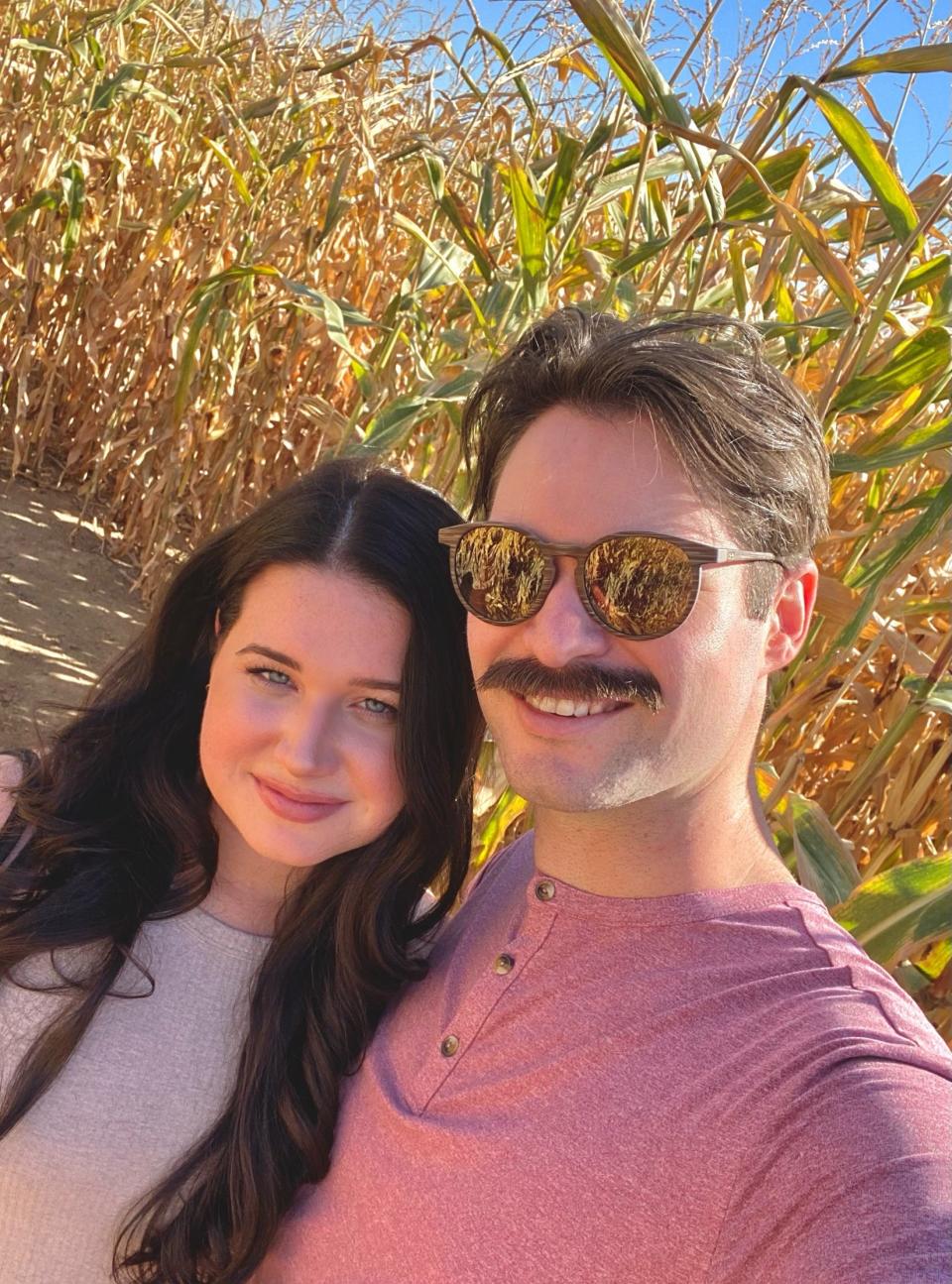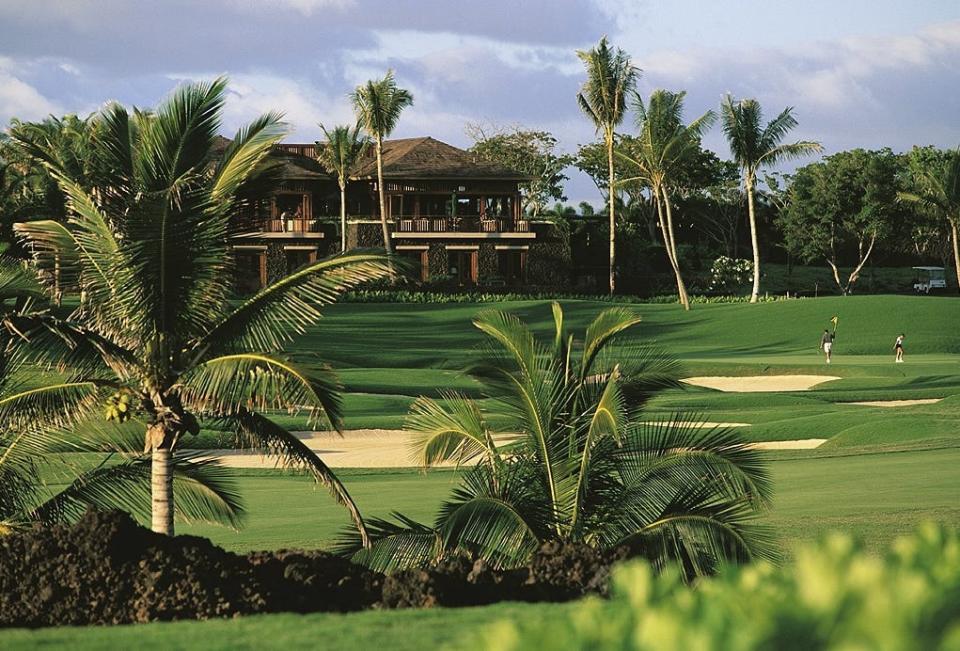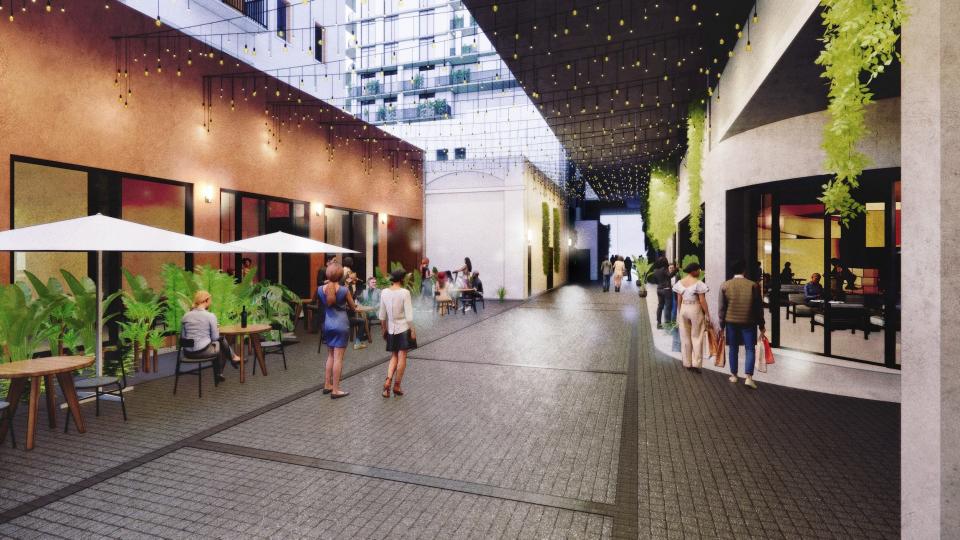Some millennials are moving into neighborhoods with built-in golf and yoga that let them live like carefree retirees

Some young professionals say they're moving to communities to enjoy outdoor activities like golf and yoga.
They said the pandemic helped them value outdoor space and leisure time — akin to living like retirees.
Real estate developers cater to them by adding resort-style perks to new buildings and neighborhoods.
Each generation follows a similar journey: Rent in a city when you're young, move to the suburbs once you're ready to settle down and have children, and, eventually, retire in a well-maintained community. But some millennials and Gen Zers are choosing to fast forward to retirement-style living.
Most retirement communities offer activities to keep residents active — yoga, golf, and water aerobics, to name a few — and younger generations don't want to wait to enjoy those perks. Pandemic-mandated lockdowns also helped popularize outdoor activities like golf and pickleball.
A few real-estate developers noted this preference for more vibrant and relaxed living spaces, adding resort-style amenities to their new apartment buildings and gated communities.
Take Brandon and Chelsea Lehmann, a young couple working in the electrical distribution industry. In 2019, they moved from the Bay Area to Bend, Oregon, a city three hours south of Portland known for its robust outdoor scene.
In 2023, they bought a lot to build a new home in Juniper Reserve, a members-only wellness resort in Bend with two 18-hole golf courses — one designed by retired pro player Jack Nicklaus — and a spa.

Residents of Juniper Reserve, which has more than 20 homes for sale ranging from $1.2 million to $3.5 million as of July 2024, also enjoy luxuries such as on-site casual dining restaurants and weekly "wellness programming."
They said their nearly 3,000-square-foot house — off the eighth-hole pond of one of the golf courses — will be finished in the next two years. The lot cost them $246,000, including a one-time membership fee of $115,000, which they can pay monthly at $1,200.
A membership allows the couple to take advantage of all there is to do even before their house is complete. After work and on weekends, Brandon, 29, told Business Insider, they golf and do yoga.
Chelsea, 28, said that while they're not the only young couple living in Juniper Reserve, most of their neighbors are in their 50s or 60s.
"Our neighbors, and the people we would be spending the most time around, would definitely be in the retirement age or semi-retirement," she told BI.

The Lehmans have embraced the opportunity to bond with their older neighbors, creating a multi-generational community.
"They do want some younger, fresher blood in there, and I think it's just been great for everyone," Chelsea said.
"It's not just retirement-age people that like all the amenities — us young people like to be taken care of, too," she added.
Having a golf course close to home is an attraction for some young people
Millennials are keeping the lights on at some golf-course companies, said Keith Poliakoff, a managing partner at a Florida law firm, Government Law Group, that has several golf-design firms as clients.
"When COVID happened, there was almost an overnight change that could be recognized as far as interest in golf occurred," Poliakoff told BI.
"We saw a huge uptick in the younger population that were looking to do a sport and to have something to do so that they were not cooped up in their homes the entire time," he added.
The National Golf Foundation (NGF) told Business Insider in an email that the 30 to 39 age group has the second-highest participation in the sport, with nearly 4.4 million golfers. Meanwhile, the 18 to 34 age group is the largest, with 6.3 million golfers. NGF estimated both age groups have added roughly 200,000 golfers each since 2019.
Kevin McDonald, a 44-year-old "cusper" (or a Gen Xer who sits right outside being a millennial), describes himself as a huge golfer.
In 2022, he and his wife, Kristie, 38, bought a property at Hualālai Resort on the Big Island of Hawaii after living just outside Toronto for most of their lives. The resort, which has a few homes starting at $7 million and condos starting at $2.5 million, has two golf courses, a spa, and on-site shopping and dining.

Their house started as a secondary home, but golf and other activities have them living in Hawaii for around five months out of the year with the hopes of living there full-time soon. The McDonalds said they wanted a home to suit their active lifestyles.
"We have so many friends who work until they're 65 and 70 — some choose to, and some have to," Kevin told BI. "But then you might not be young enough or active enough to take advantage of all those things like golf and tennis."
They don't mind that only a handful of other homeowners they've met or seen are their age.
"Everyone we talked to says we are the youngest couple at the property," Kevin said.
Real estate developers are responding to young people's shifting preferences
Some young people even live in places better known for welcoming retirees.
St. Petersburg, Florida, for example, is evolving to suit younger residents, said Nick Pantuliano, the head of development at real-estate firm PTM Partners. The firm mainly builds commercial and residential spaces in lower-income areas of Florida and beyond.
"St. Pete was regarded as a retirement community not that long ago," Pantuliano said. "My first introduction to St. Pete was the movie 'Cocoon.' All the shuffleboard scenes were filmed there. Now it's not older folks playing shuffleboard; it's all younger people playing."

Now PTM is intentionally planning projects that cater to younger audiences, Pantuliano added.
Plans for PTM's Edge Collective, a mixed-use development in downtown St. Petersburg, include a Moxy hotel with a rooftop pool and restaurant, a 7,000-square-foot communal garden, and 3,400 square feet dedicated to "health-focused retail," including the boutique fitness studio Solidcore.
"Doing outdoor in a creative way — so that you're never too far away from fresh air or some sunlight or some energy — is really important to us when we try to approach programming these projects," Pantuliano said.
Having intentional outdoor amenities seems to be paying off in places like Juniper Reserve. For Chelsea, a golf course community's "selling point" was simply the ability to enjoy nature.
"I could go either way on living on a golf course — it didn't really matter to me," she added. "But the idea that when the golf course is closed, then you have this great big space between you and your neighbors. It's empty, it's dark, and it's also pretty to look at. It's like living on parkland."
Read the original article on Business Insider

